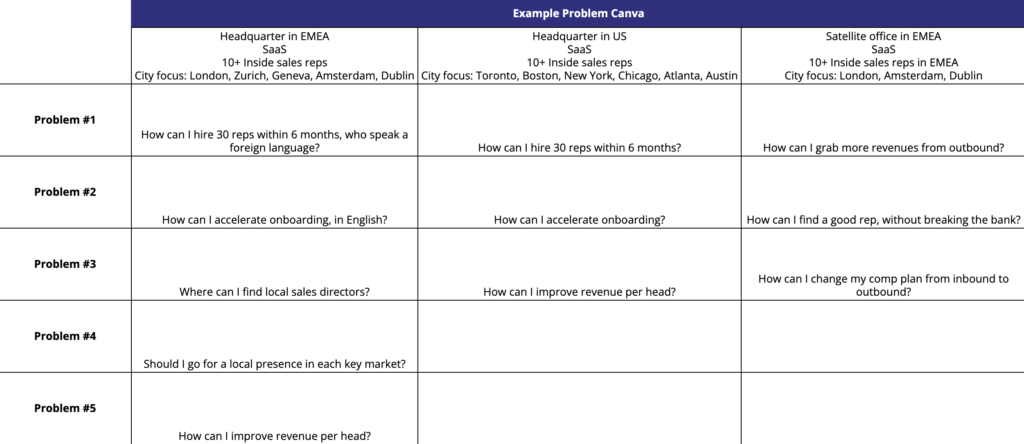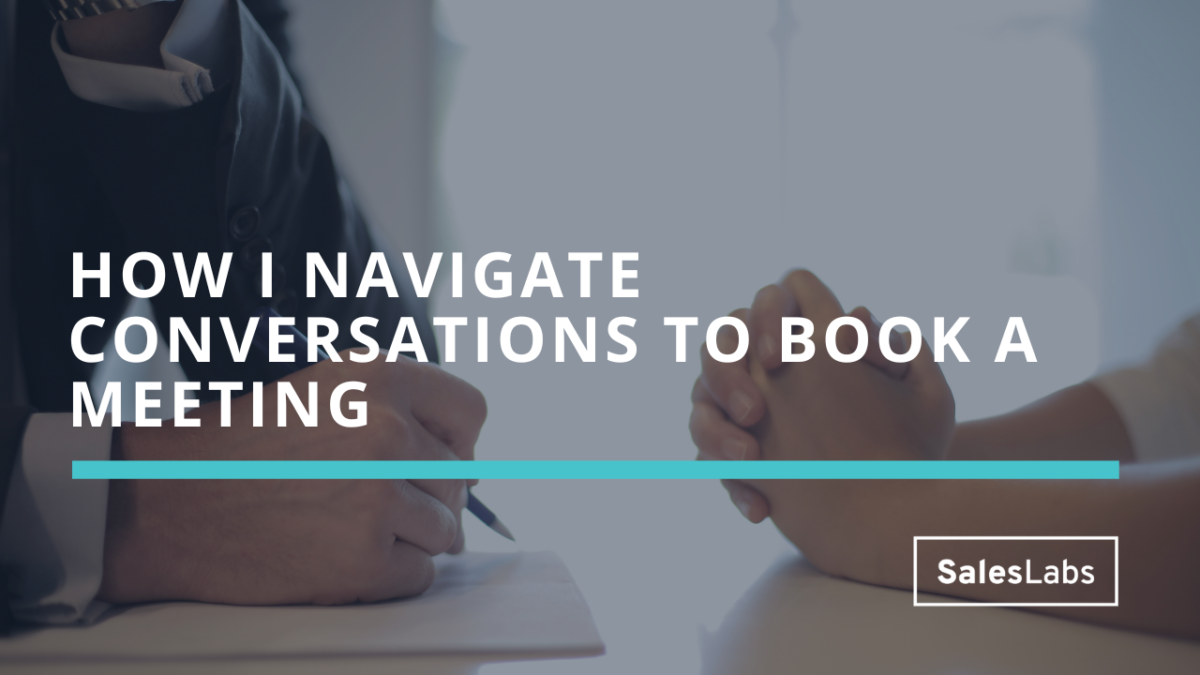How I use comparative logic to get replies
In today’s newsletter, I’m going to share a 4-step process we developed with a customer to book meetings with comparative logic.
Outbound prospecting is about catching the attention of your prospects, and showing them what they are potentially missing is a great way to get replies.
Here’s how I do it, step-by-step:
Step 1: Define a quantifiable problem
The first step is to have clear idea of a problem your prospects are trying to solve. You may be tempted to pitch your offering, but focusing on problems will get you more replies.
Finding a quantifiable problem is important, as it is the basis of the comparison you’ll use.
Example: Missed sales because SDRs don’t prospect existing accounts.
(Note: You can use my Cold Message System if you need help finding the problems of your customers).
Step 2: Ask if they can quantify it
Now that you have a clear idea of a quantified problem, you need to mention it in your cold outreach. The whole idea is to create FOMO with your prospects, by asking how much of this problem they are having.
Example: “Do you know how much sales you’re leaving on the table because your SDRs don’t prospect existing accounts?”
Step 3: Tease a calculator
If you did your research correctly, you should have the attention of your prospects. You may be tempted to directly pitch your offering, but you need to provide value so you maximize the chances of booking a meeting.
You can create value by sharing a simple calculator to help your prospects quantify the problem they are having.
Example: “If you’re interested, I can share a simple calculator to help you find that number?”
I took 10 minutes to create a simple problem calculator here. The idea is to help your prospect visualize a before/after situation and what they are missing by not doing anything.
Note that you don’t want to share the calculator before getting a reply. You just share it when they asked for it.
Step 4: Ask for interest
I don’t know about you, but if someone identified a problem I have and proposed to help me find the size of that problem, I’d be interested to know more.
Now if they start pitching their offering, I wouldn’t reply. That’s why you need to use a simple call-to-action to find out if your prospects are interested.
Example: “Should I send it over?”
Here’s how a cold outreach message could look like:
“Jack, noticed you recently got promoted to Head of Sales Development.
Do you know how much sales you’re leaving on the table because your SDRs don’t prospect existing accounts?
If you’re interested, I can share a simple calculator to help you find that number?
Should I send it over?”
And this is how you can create interest with your prospects using comparative logic.
TL;DR:
-
Step 1: Define a quantifiable problem
-
Step 2: Ask if they know about it
-
Step 3: Tease a calculator
-
Step 4: Ask for interest
Hope this helps!
Thibaut
- Build your outbound prospecting system from scratch here (230+ students)
- Write cold messages that get a 38% reply rate and 27% meeting rate here (40+)
- Book me 1:1 or for your team here
- (NEW!) Sponsor my newsletter & get 3K+ eyeballs on your ad!
Subscribe to the Newsletter
Get my free, 4 min weekly newsletter. Used by 5.900+ salespeople to book more meetings and work when, where, and how they want.
Subscribe to the Newsletter
Get my free, 4 min weekly newsletter. Used by 5.900+ salespeople to book more meetings and work when, where, and how they want.







